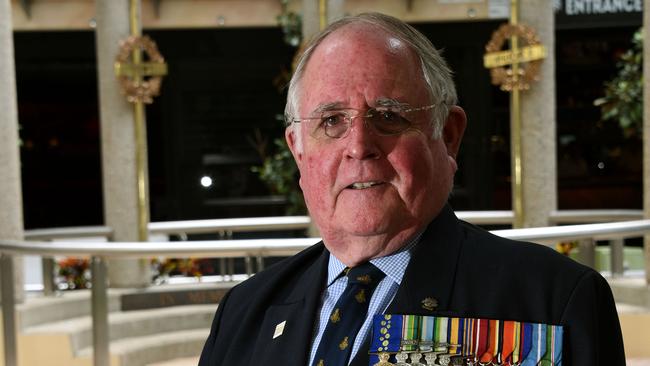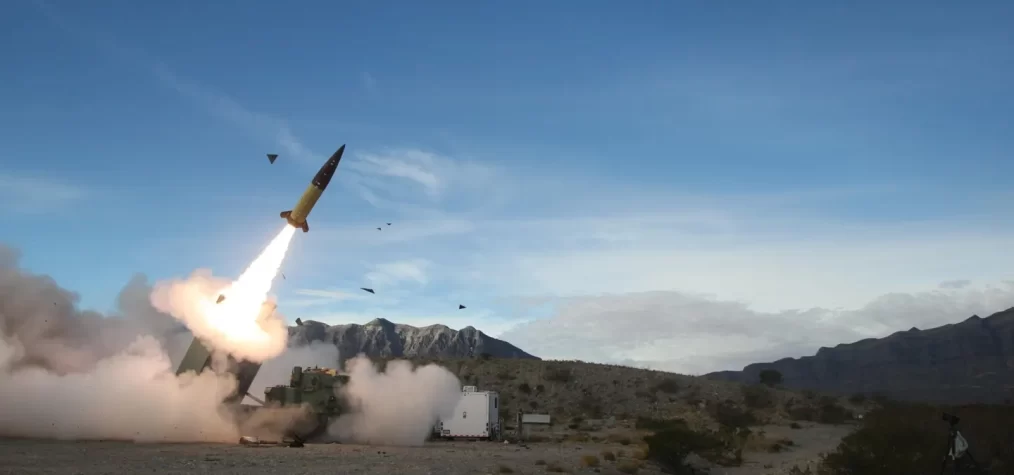Nearly three quarters of Australians surveyed express opposition to increased immigration, citing concerns over the cost of living crisis, reveals a recent study conducted on 3000 participants. The findings shed light on the ongoing debate surrounding population growth and its impact on various facets of Australian life.
The survey highlights a prevailing sentiment among Australians that the country does not require additional migrants, with many attributing the cost of living crisis to mass immigration. As migration statistics indicate a steady increase in population, with a growth rate of 2.5 percent in the year leading up to September 30, 2023, concerns over issues such as traffic congestion, housing affordability, and strain on public services continue to escalate.
Permanent migrants, entering through the Migration Program for skilled and family migrants or the Humanitarian Program for refugees, contribute to this growth. Additionally, net overseas migration (NOM) accounts for a significant portion of population increase, with forecasts suggesting a continued influx, potentially reaching 893,000 over two years by June 2024.
The rapid population growth is fueled by various factors, including job security, immigration, natural population increase, and internal migration from rural areas to major cities like Sydney, Melbourne, and Brisbane. While some argue that Australia’s challenges stem from urban planning, infrastructure investment, and resource management rather than sheer population size, a substantial portion of surveyed Australians maintain that the country is already “too full.”
Critics of the overpopulation narrative advocate for strategic planning and investment to accommodate a larger population without exacerbating current issues. However, the survey reflects widespread skepticism, with over 70 percent of respondents expressing concerns over the perceived strain on resources and infrastructure.
In contrast, a minority—14 percent—favour maintaining high migration levels, while 13 percent remain undecided. Notably, the survey also delves into voter sentiments regarding the government’s “progressive agenda,” implemented since the Albanese administration assumed office in 2022.
Furthermore, the study explores the impact of increased financial insecurity and housing stress on voter behavior, particularly among young people. A significant proportion of non-homeowners, primarily young voters, express difficulty in achieving financial stability, with many gravitating towards parties like Labor and the Greens.
The survey underscores the complex interplay between immigration policies, socioeconomic factors, and political preferences, shaping the ongoing discourse on Australia’s population trajectory and its implications for the future.










